Seeing Red: Nintendo's Virtual Boy is now available for purchase in print and ebook formats.
A full list of references can be found in the book.
Nearly 30 years after the launch of the Virtual Boy, not much is publicly known about how, exactly, Nintendo came to be interested in developing what would ultimately become its ill-fated console. Was Nintendo committed to VR as a future for video games and looking for technological solutions that made business sense? Or was the Virtual Boy primarily the result of Nintendo going “off script” and seizing a unique, and possibly risky, opportunity that presented itself? The answer is probably a little bit of both.
As it turns out, the Virtual Boy was not an anomaly in Nintendo’s history with video game platforms. Rather, it was the result of a deliberate strategy that was consistent with Nintendo’s way of doing things and informed by its lead creator Gunpei Yokoi’s design philosophy.
Dabbling in virtual reality?
The late 1980s and 1990s were a heady time for virtual reality, and, when it came to generating public interest, Japan was arguably leading the charge. In May 1991, Hattori Katsura’s Jinkō genjitsukan no sekai (The world of the feeling of artificial reality) was published. It was the first best-selling general audience book on VR, beating Howard Rheingold’s watershed Virtual Reality by a few months. Japan is also “where VR was first repackaged as a consumer technology” and, by 1991, it had more VR systems than anywhere else in the world.
However, VR was neither presented nor perceived in the same way in Japan as it was in the United States. First, while VR research in the United States was largely developed and driven by military interests, in Japan, it came out of a telecommunications context. Second, in the mid-1990s at least, Japanese VR research had an engineering emphasis rather than computer science like in the United States. Thus, the Japanese public’s perception of VR was shaped by the additional availability, via public demonstrations for example, of VR devices and experiences different from those shown elsewhere. These devices and experiences were characterized in the United States as “cool gadgets” and “strange experiments” but would, perhaps taken together, provide alternative highlights of VR’s potential as a medium.

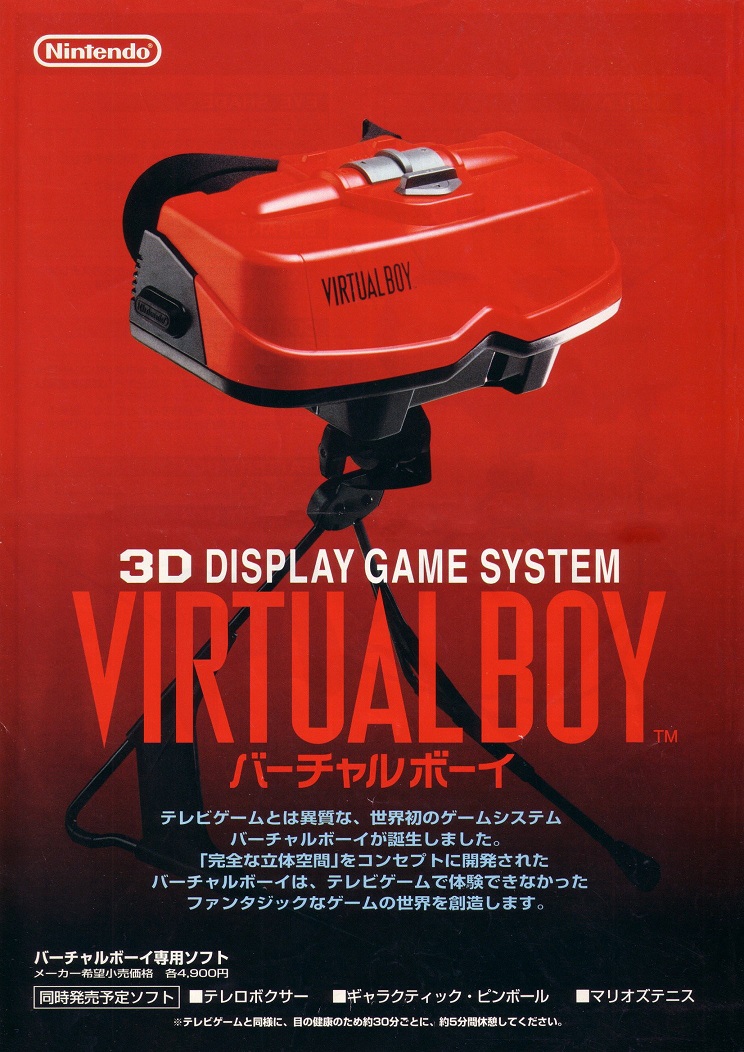
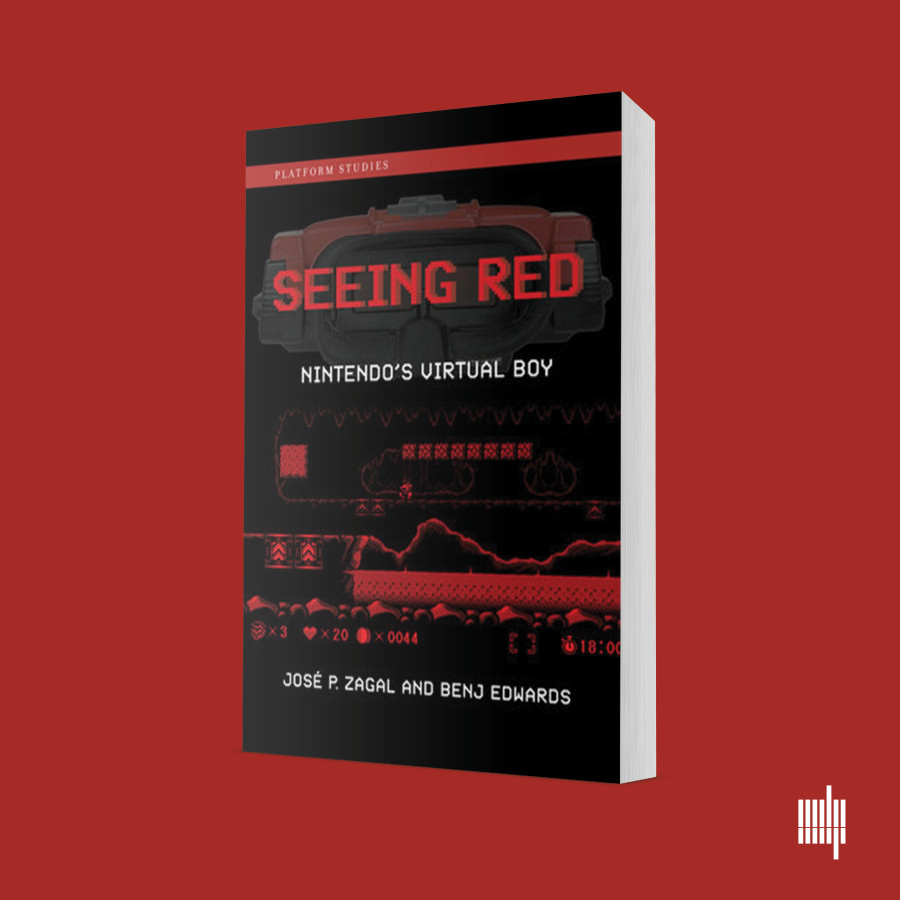
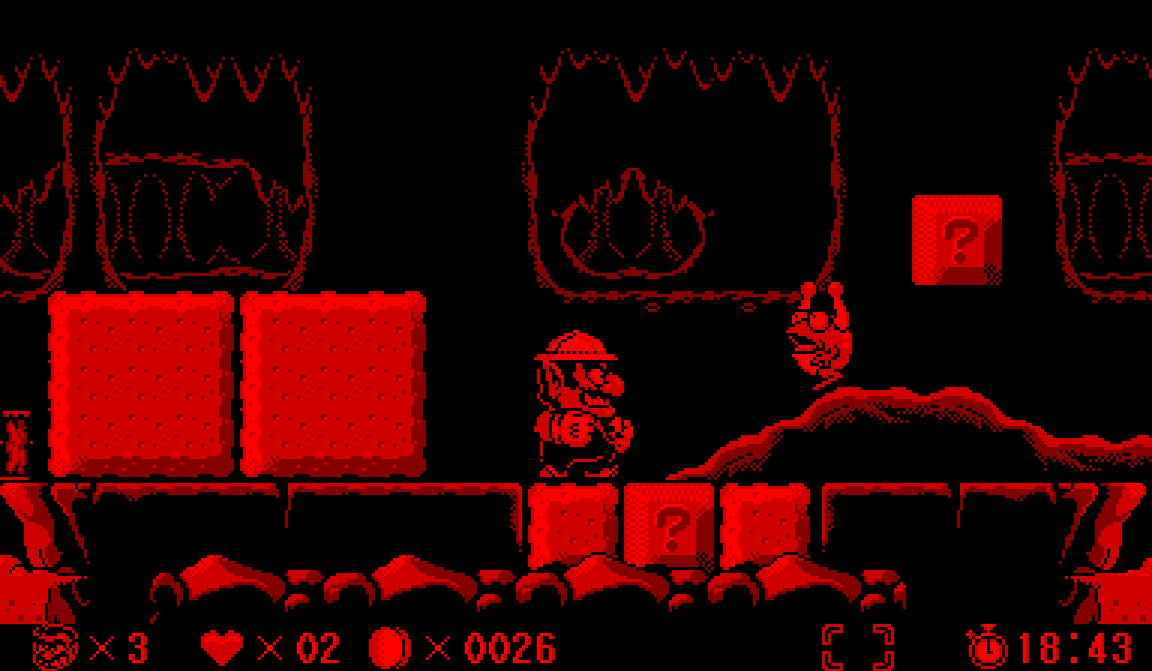
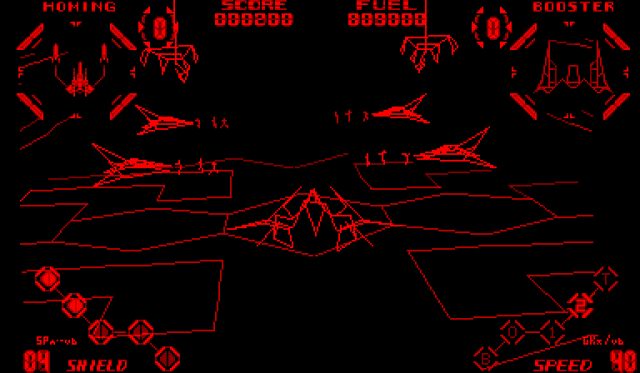
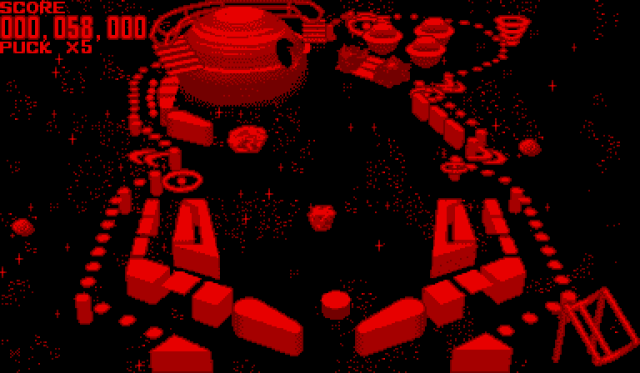
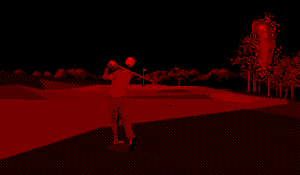
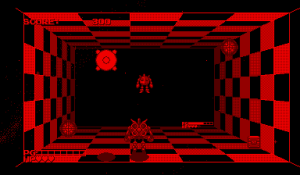
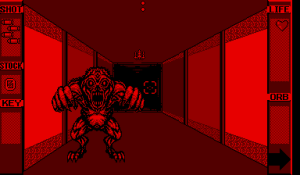
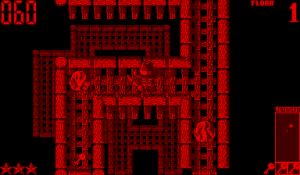
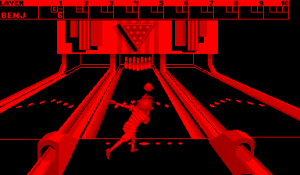


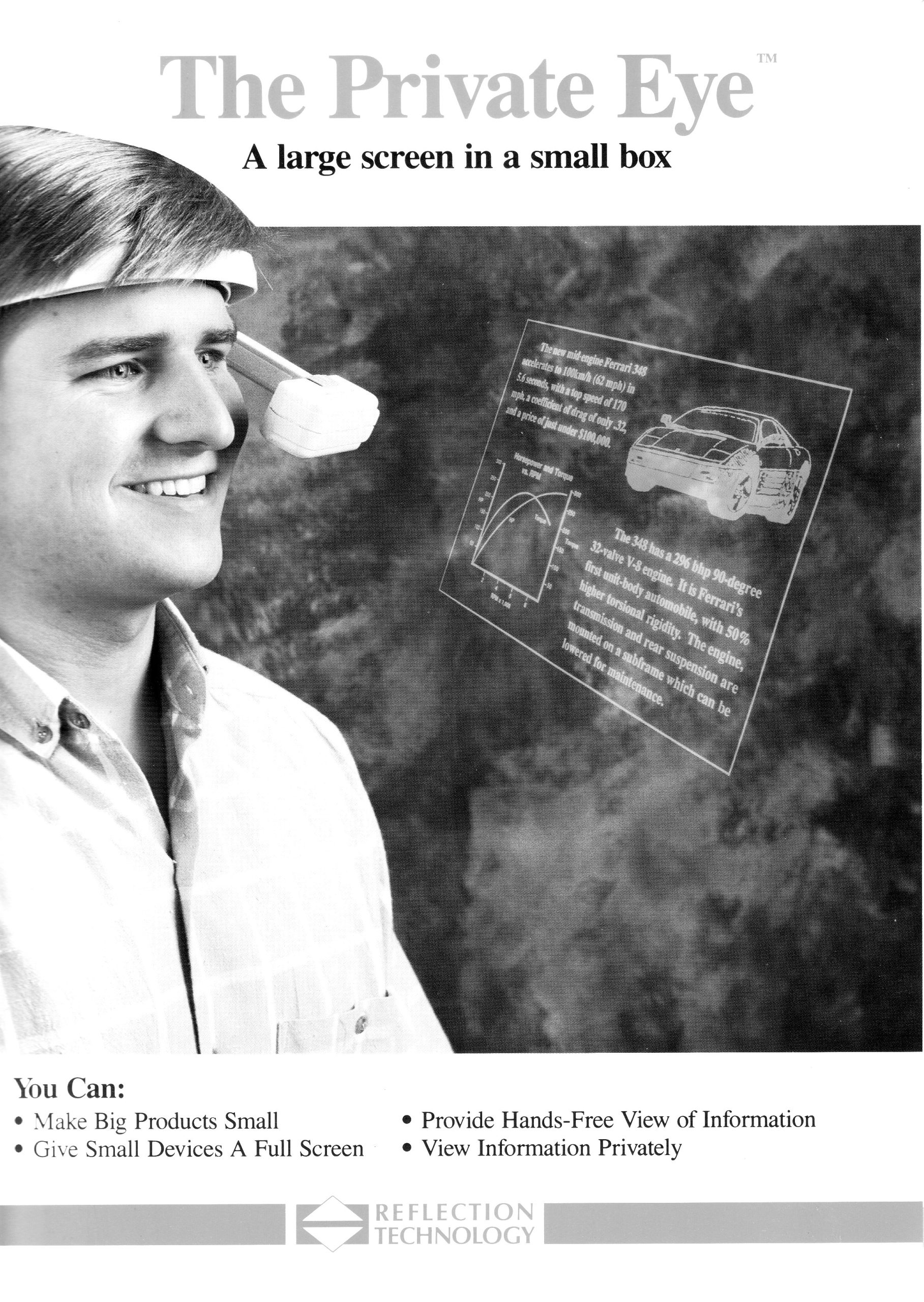
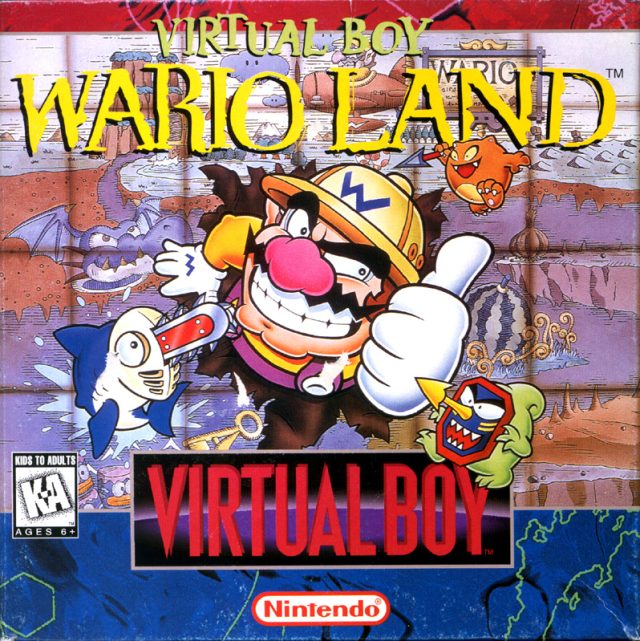
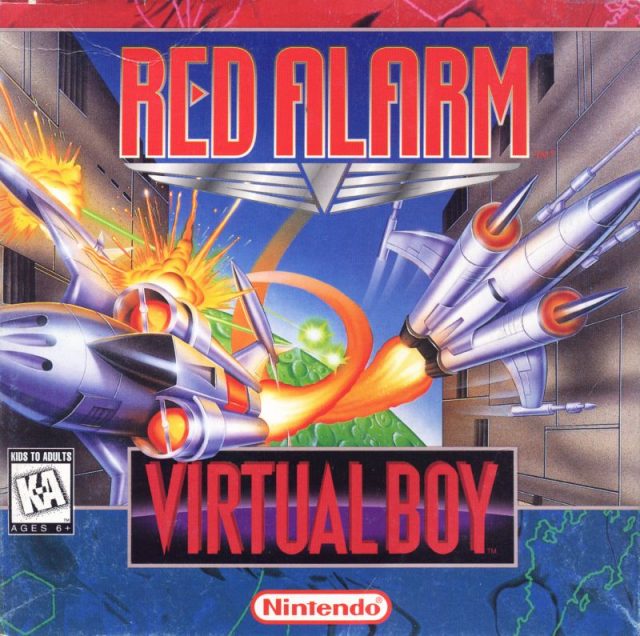
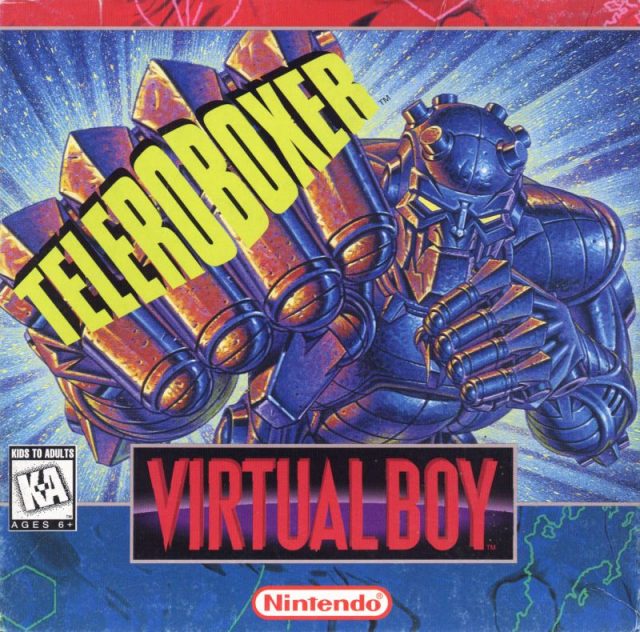
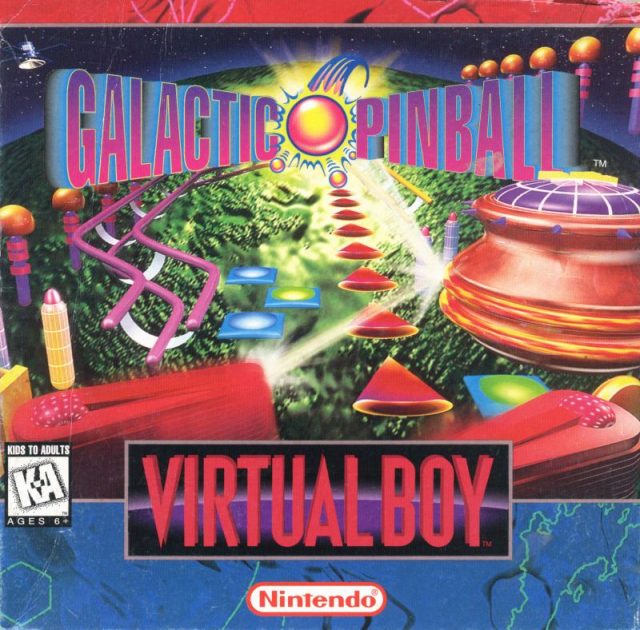

 Loading comments...
Loading comments...

It was very cool, and certainly felt like the future had arrived. The most similar thing I can point to is a 3D, monocolor, VR version of Spectre.
Also, incidentally, got to play the SNES before basically anybody else in the US, since when they were in talks with Nintendo in early 1990 they gave the Reflection team developer kit SNES consoles to take back to the US. We only had Mario World, and it was all in Japanese, but it was a fun couple of weeks we spent playing that game nonstop.
(I'm Jonah's older brother)
My recollection is that the tank game was built by Atari as some sort of demo/proof of concept, and was a port of Battlezone, with maybe a few other features added in. The two of us used to love to go into my Dad's office to play it all day, though eyestrain was a huge issue. It was super important that the focus on the display was set exactly correct, which I think was also an issue with the Virtual Boy for some folks.